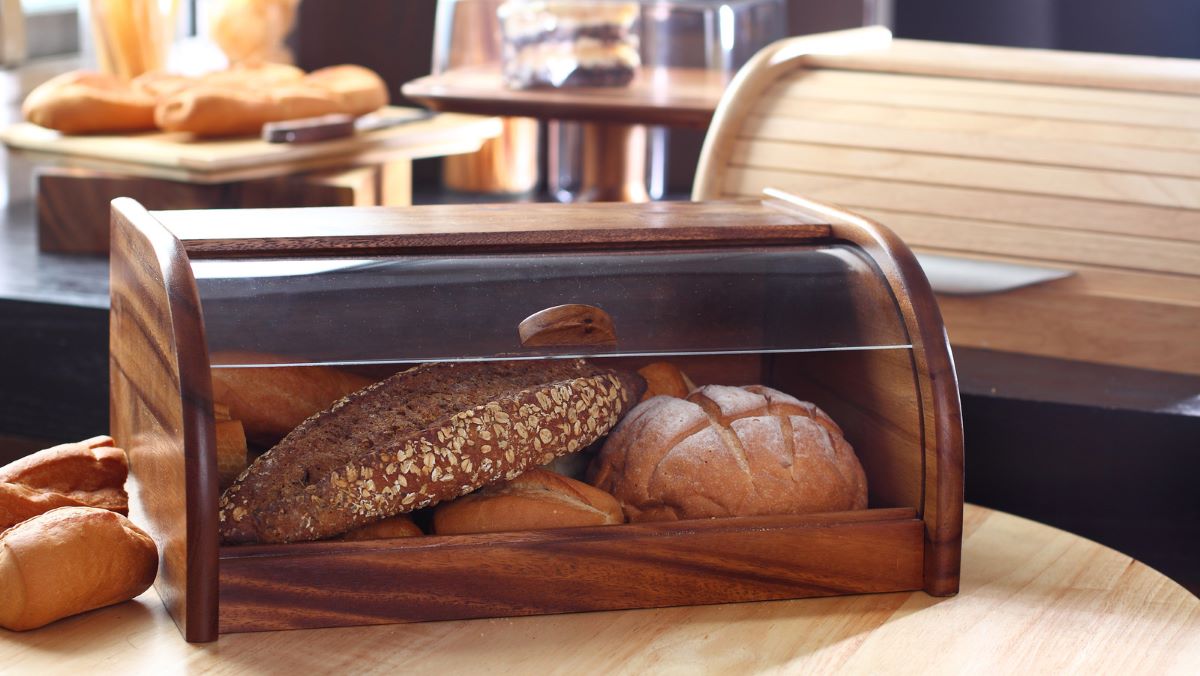

Articles
How To Store Bread In A Bread Box
Modified: January 8, 2024
Discover the best way to store your bread in a bread box with these helpful articles. Keep your loaf fresh and delicious for longer!
(Many of the links in this article redirect to a specific reviewed product. Your purchase of these products through affiliate links helps to generate commission for Storables.com, at no extra cost. Learn more)
Introduction
When it comes to keeping bread fresh and delicious, proper storage is key. No one likes stale or dry bread, and finding the right storage solution can make a significant difference in preserving its taste and texture. One such solution is a bread box, a simple yet effective tool that has been used for centuries to keep bread at its best.
In this article, we will explore the benefits of using a bread box, how to select the right one for your needs, and the steps to properly store bread in a bread box. We will also discuss alternative methods of storing bread and offer some helpful tips for cleaning and maintaining your bread box. So, if you’re looking to extend the life of your bread and enhance its flavor, keep reading to discover the secrets of proper bread storage.
Key Takeaways:
- Proper bread storage in a bread box preserves freshness, retains moisture, reduces food waste, and adds a decorative touch to your kitchen, enhancing the longevity and flavor of your loaves.
- Selecting the right bread box, preparing it properly, and following the steps to store bread effectively can maximize the shelf life of your bread, ensuring fresh and delectable slices whenever you crave them.
Read more: How To Store Sliced Bread In A Bread Box
Benefits of Using a Bread Box
A bread box offers several advantages when it comes to storing bread.
- Preserves Freshness: One of the main benefits of using a bread box is that it helps preserve the freshness of bread. The box provides a controlled environment with proper airflow, which helps prevent moisture loss and keeps bread from becoming stale too quickly.
- Retains Moisture: Bread boxes are designed to trap and retain moisture, which is essential for keeping bread soft and moist. The enclosed space creates a microclimate that prevents the bread from drying out, ensuring it stays flavorful and enjoyable for longer periods.
- Protects from External Elements: Bread boxes also shield the bread from external elements that can impact its quality. The box acts as a barrier against sunlight, heat, and humidity, which can all accelerate the staling process. By keeping bread in a bread box, you can prolong its shelf life and maintain its taste and texture.
- Reduces Food Waste: Storing bread in a bread box can help reduce food waste. By extending the freshness of bread and minimizing spoilage, you can enjoy every last slice without worrying about throwing away stale or moldy portions.
- Adds a Decorative Touch: Apart from its functional benefits, a bread box can also add a charming aesthetic to your kitchen. With various styles and designs available, you can find a bread box that complements your kitchen decor and adds a touch of elegance to your countertop.
Overall, using a bread box provides an effective and convenient solution for keeping bread fresh and delectable. Whether you enjoy homemade or store-bought bread, a bread box can significantly enhance the quality and longevity of your loaves, allowing you to savor every bite.
Selecting the Right Bread Box
When choosing a bread box, there are a few factors to consider to ensure it meets your specific needs and preferences.
- Size and Capacity: Determine how much bread you typically have on hand and select a bread box with an appropriate size and capacity. Consider how many loaves, bagels, or rolls you need to store to make sure the bread box can accommodate your needs.
- Material: Bread boxes come in various materials such as stainless steel, wood, and ceramic. Each material offers unique advantages, so consider factors such as durability, aesthetics, and ease of cleaning when making your choice.
- Airtightness: Look for a bread box that provides a good seal to maintain the desired level of moisture inside. An airtight bread box can prevent air exchange and keep your bread fresher for longer.
- Ventilation: While airtightness is important, having some ventilation holes or a slatted design is beneficial to allow proper airflow. This helps prevent condensation and keeps the bread from becoming too moist or developing mold.
- Ease of Use: Consider the practicality of the bread box. Look for features such as easy-to-open lids, removable bread bins or shelves for easy cleaning, and a size that fits comfortably on your countertop or in your pantry.
Additionally, you may also want to consider the overall design and style of the bread box to ensure it complements your kitchen decor. Whether you prefer a sleek and modern look or a rustic and traditional feel, there are plenty of options to choose from to match your personal taste.
Remember, selecting the right bread box is essential for effective bread storage and maintaining its freshness. Take the time to evaluate your needs and preferences, and choose a bread box that checks all the boxes to preserve your bread in the best possible way.
Preparing the Bread Box
Before storing bread in a bread box, it is essential to properly prepare the box to create an optimal storage environment. Follow these steps to ensure your bread box is ready for use:
- Clean the Bread Box: Start by cleaning the bread box thoroughly. Remove any crumbs or residue from previous use. Wash the interior and exterior of the box with mild soap and water. Rinse it well and dry it thoroughly before moving on to the next step.
- Line with a Clean Cloth: To further protect your bread and keep the bread box clean, consider lining the interior with a clean cloth or liner. This will add an extra layer of barrier between the bread and the box and can also make cleaning easier if any crumbs or moisture accumulate.
- Place a Bread Insert: Some bread boxes come with a bread insert or bread bin, which is a separate container specifically designed for storing bread. If your bread box has this feature, insert the bread bin into the box. The bread bin helps create an enclosed and controlled space for the bread.
- Leave the Lid Open: Before placing the bread in the box, leave the lid open for a short period to allow any residual moisture or odors from cleaning to dissipate. This step ensures that your bread does not pick up any unwanted flavors or smells.
By preparing your bread box before storing bread, you create a clean and suitable environment for preserving the freshness and quality of your loaves. This simple step sets the foundation for effectively storing and protecting your bread for days to come.
To keep bread fresh in a bread box, make sure the box is clean and dry before placing the bread inside. Also, store the bread in a cool, dry place away from direct sunlight.
Steps to Store Bread in a Bread Box
Properly storing bread in a bread box is essential to maintain its freshness and flavor. Follow these steps to store your bread effectively:
- Wait for Bread to Cool: Allow freshly baked bread to cool completely before storing it in a bread box. Storing warm bread can create condensation inside the box, leading to moisture buildup and potential mold growth.
- Wrap the Bread: If your bread is not already wrapped in a plastic bag or has a resealable closure, it is recommended to wrap it in a clean, breathable cloth or a plastic bag specifically designed for bread storage. This extra layer helps retain moisture and prevents the bread from drying out.
- Place Bread in the Bread Box: Gently place the wrapped bread or your bread package into the bread box. Ensure that it is not pressed too tightly against the sides or lid of the box, as this can affect airflow and moisture levels.
- Close the Lid: Once the bread is inside, close the lid tightly. This helps maintain the desired moisture level and keeps external elements, such as light and air, at bay.
- Avoid Excessive Opening: Try to minimize opening the bread box unnecessarily. Each time you open the box, you introduce external air and disrupt the controlled environment inside, which can affect the bread’s freshness and shelf life.
Remember, the goal is to create an environment within the bread box that retains moisture without becoming too humid. By following these steps, you can maximize the shelf life of your bread and enjoy fresh slices whenever you’re ready to indulge.
Read more: How To Store Boxes
Cleaning and Maintaining a Bread Box
To ensure your bread box remains in good condition and continues to provide optimal storage for your bread, regular cleaning and maintenance are essential. Follow these steps to keep your bread box clean and well-maintained:
- Empty the Bread Box: Start by removing any remaining bread or crumbs from the bread box. Dispose of any stale or moldy bread and wipe away any loose crumbs or debris with a dry cloth or gentle brush.
- Wash with Mild Soap and Water: Using a non-abrasive sponge or cloth, wash the interior and exterior of the bread box with mild soap and water. Avoid using harsh chemicals or abrasive scrubbers that may damage the material of the bread box.
- Rinse and Dry: Rinse the bread box thoroughly with clean water to remove any soap residue. Dry it completely with a clean towel or allow it to air dry before placing bread back inside.
- Remove Lingering Odors: If your bread box develops any lingering odors, you can place a small bowl of baking soda inside overnight to absorb the smells. Alternatively, you can wipe the interior with a cloth dampened with vinegar to neutralize any unpleasant odors.
- Replace Liner Cloth: If you lined the bread box with a cloth or liner, periodically replace it to maintain cleanliness and prevent the buildup of mold or odor-causing bacteria.
- Inspect for Damage: Regularly check your bread box for any signs of damage, such as cracks, loose hinges, or broken seals. Address any issues promptly to ensure that the bread box continues to provide an optimal storage environment.
By regularly cleaning and maintaining your bread box, you can prolong its lifespan and ensure that it consistently delivers fresh and delicious bread. A well-cared-for bread box will not only enhance the quality of your bread but also add a touch of elegance to your kitchen countertop.
Alternative Methods of Storing Bread
While a bread box is a popular and effective method for storing bread, there are alternative methods you can consider depending on your preferences and available resources.
1. Plastic Bag: If you don’t have a bread box, a simple plastic bag can help maintain some moisture and prevent air exposure. Place the bread in a sealed plastic bag, removing as much air as possible. This method is best for short-term storage.
2. Freezer: To extend the shelf life of bread, consider freezing it. Wrap the bread tightly in plastic wrap or aluminum foil, then place it in a freezer-safe bag or container. Frozen bread can last for several months. When ready to use, thaw the bread at room temperature or toast it for a delightful crunch.
3. Bread Drawer: Some kitchen designs include a dedicated bread drawer. This drawer is typically designed with better ventilation and insulation, providing an ideal storage environment for bread. If you have this option, utilize it for maximum freshness.
4. Pantry or Cupboard: If stored properly, a dark and cool pantry or cupboard can also be a viable option. Place bread in a bread box, airtight container, or wrap it in a clean cloth before placing it in the pantry. Be mindful of any potential moisture or pest issues in the pantry.
Remember, regardless of the storage method you choose, it’s important to store bread away from direct sunlight, heat sources, and excessive moisture to prevent premature staling and mold growth. Find the method that best suits your needs and available resources to ensure your bread stays fresh for as long as possible.
Conclusion
Properly storing bread is essential to maintain its freshness, flavor, and texture. A bread box offers several benefits, including preserving freshness, retaining moisture, protecting from external elements, reducing food waste, and adding a decorative touch to your kitchen. By selecting the right bread box and following the steps to store bread properly, you can enjoy delicious bread for an extended period.
When selecting a bread box, consider factors such as size and capacity, material, airtightness, ventilation, and ease of use. Preparing the bread box by cleaning it, lining it with a cloth, and inserting a bread bin sets the stage for effective storage.
To store bread in a bread box, wait for the bread to cool, wrap it in a breathable material, place it in the box, and close the lid. Remember to minimize opening the box to maintain a controlled environment.
Cleaning and maintaining your bread box regularly is crucial. Empty the box, wash it with mild soap and water, rinse, and dry it thoroughly. Address any lingering odors and inspect for damage to ensure long-lasting performance.
If a bread box is not available, alternative methods such as using a plastic bag, freezing, or utilizing a bread drawer or pantry can also help keep your bread fresh.
In conclusion, with the proper storage and care, your bread can maintain its deliciousness and extend its shelf life. Whether you prefer a classic wooden bread box or a modern stainless steel one, finding the right bread box and following the recommended storage techniques will ensure that you can enjoy fresh, mouthwatering bread whenever you desire.
Frequently Asked Questions about How To Store Bread In A Bread Box
Was this page helpful?
At Storables.com, we guarantee accurate and reliable information. Our content, validated by Expert Board Contributors, is crafted following stringent Editorial Policies. We're committed to providing you with well-researched, expert-backed insights for all your informational needs.

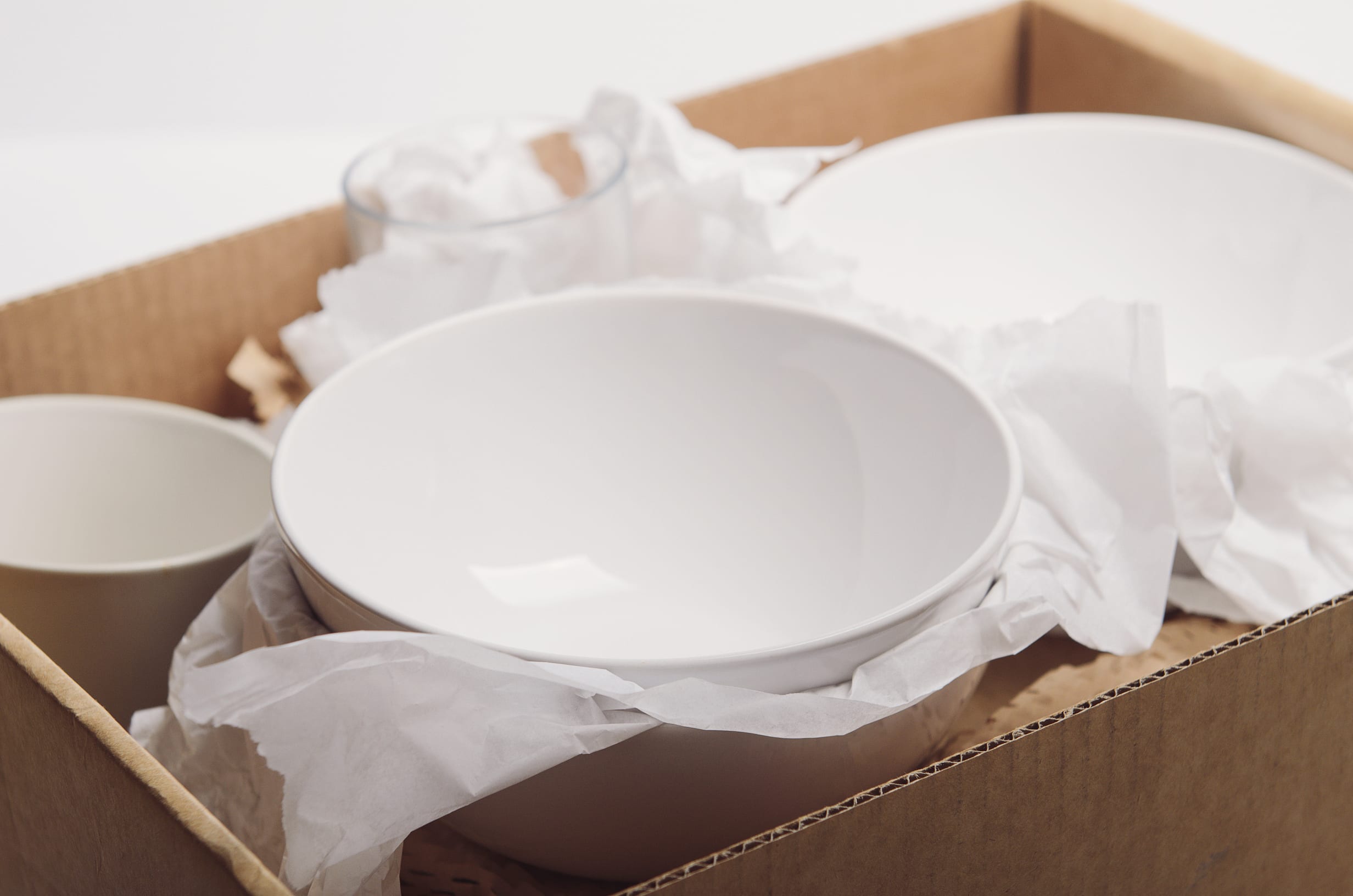
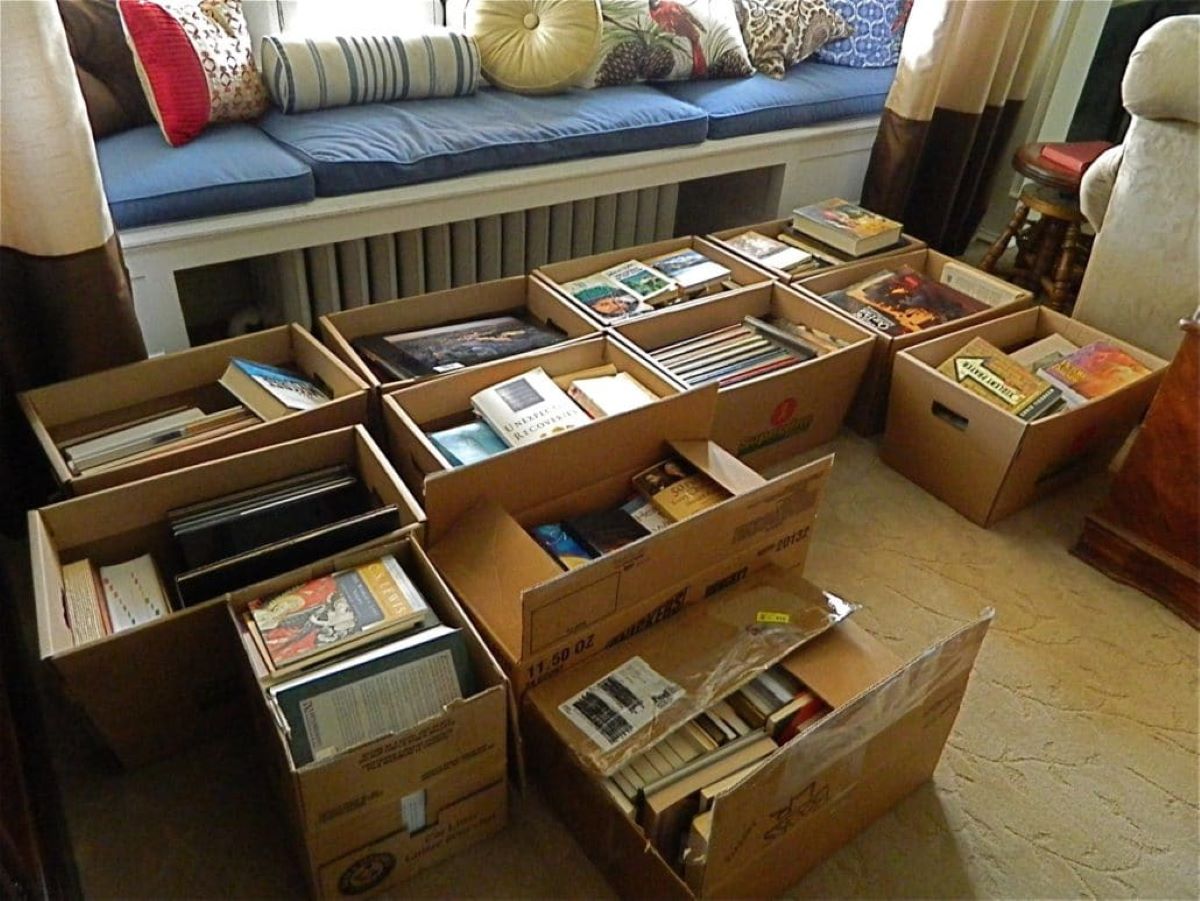
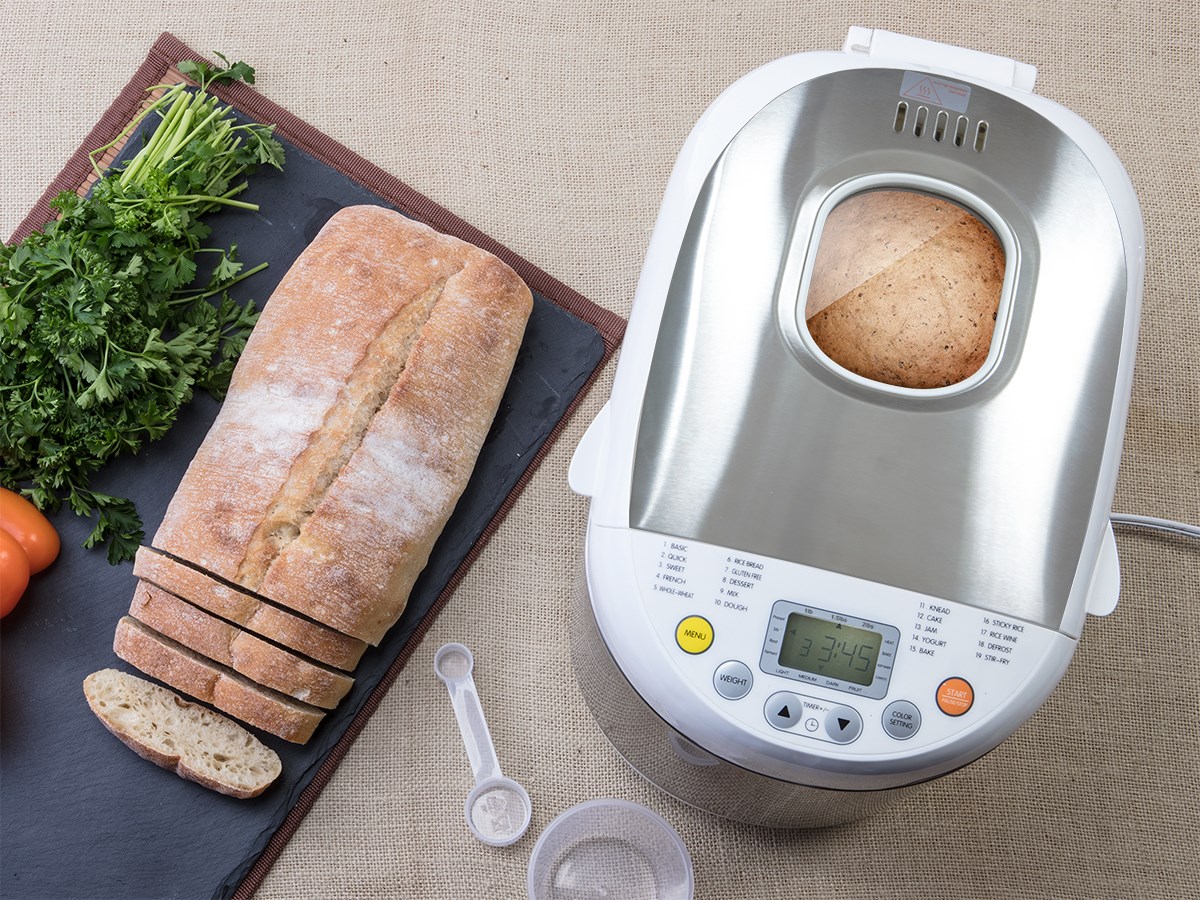


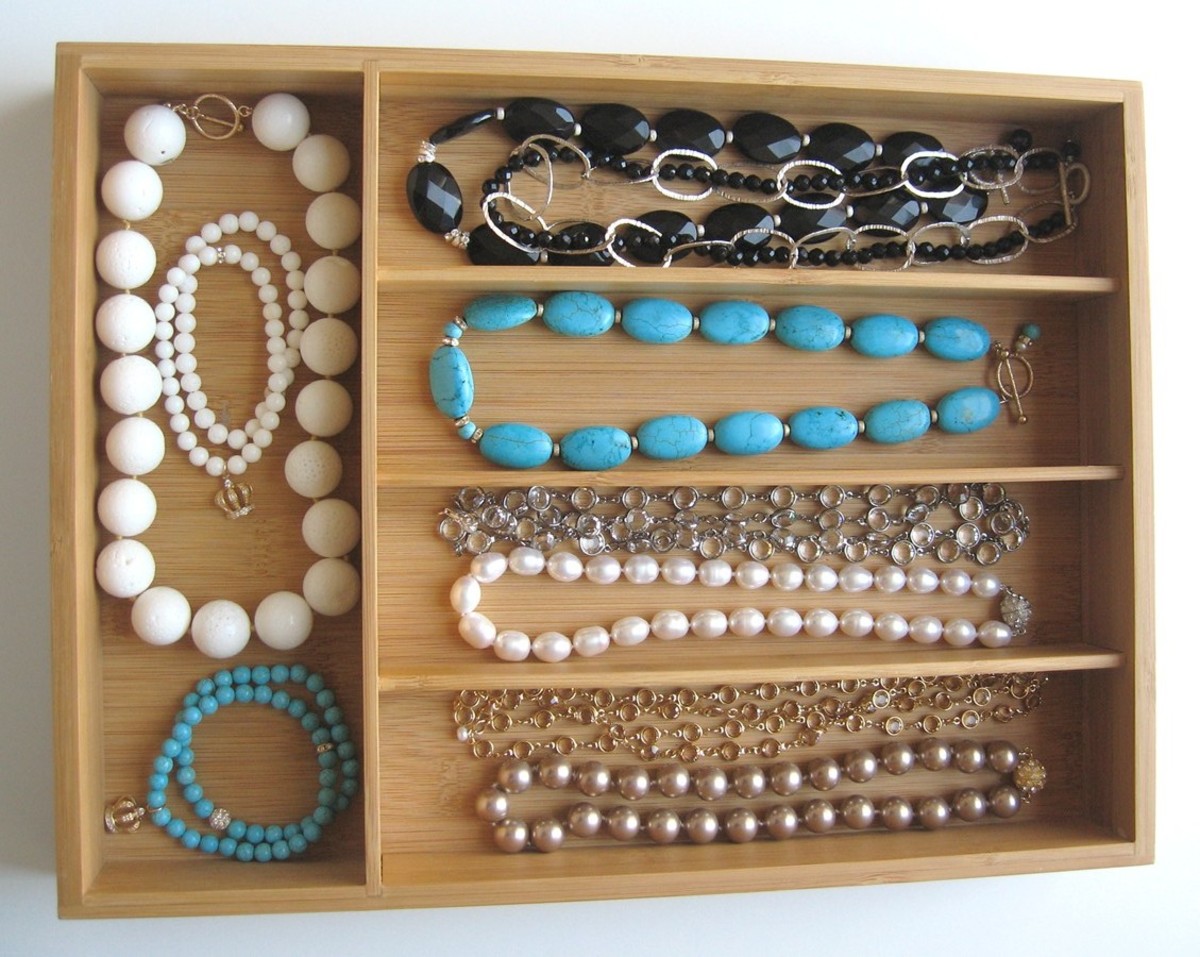
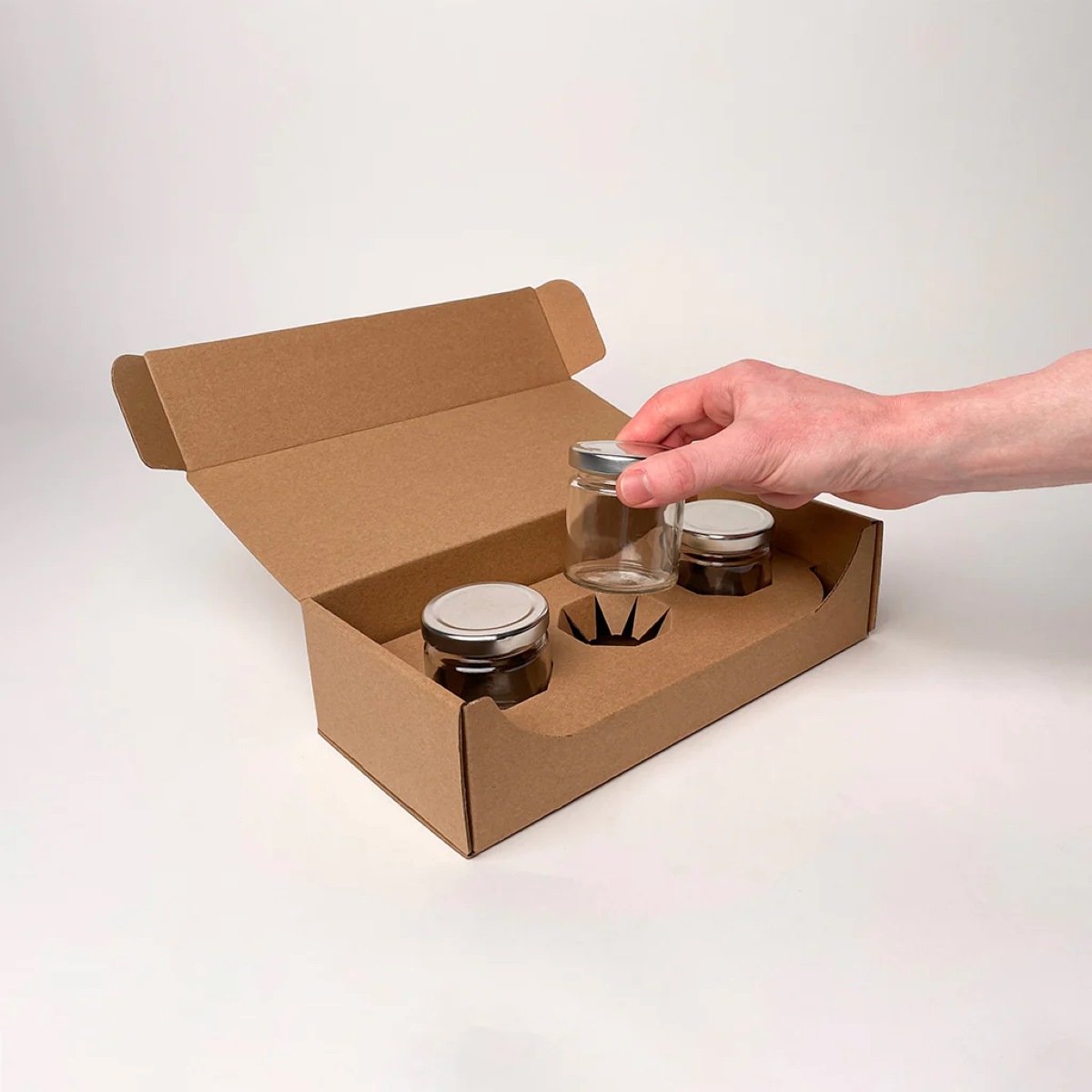


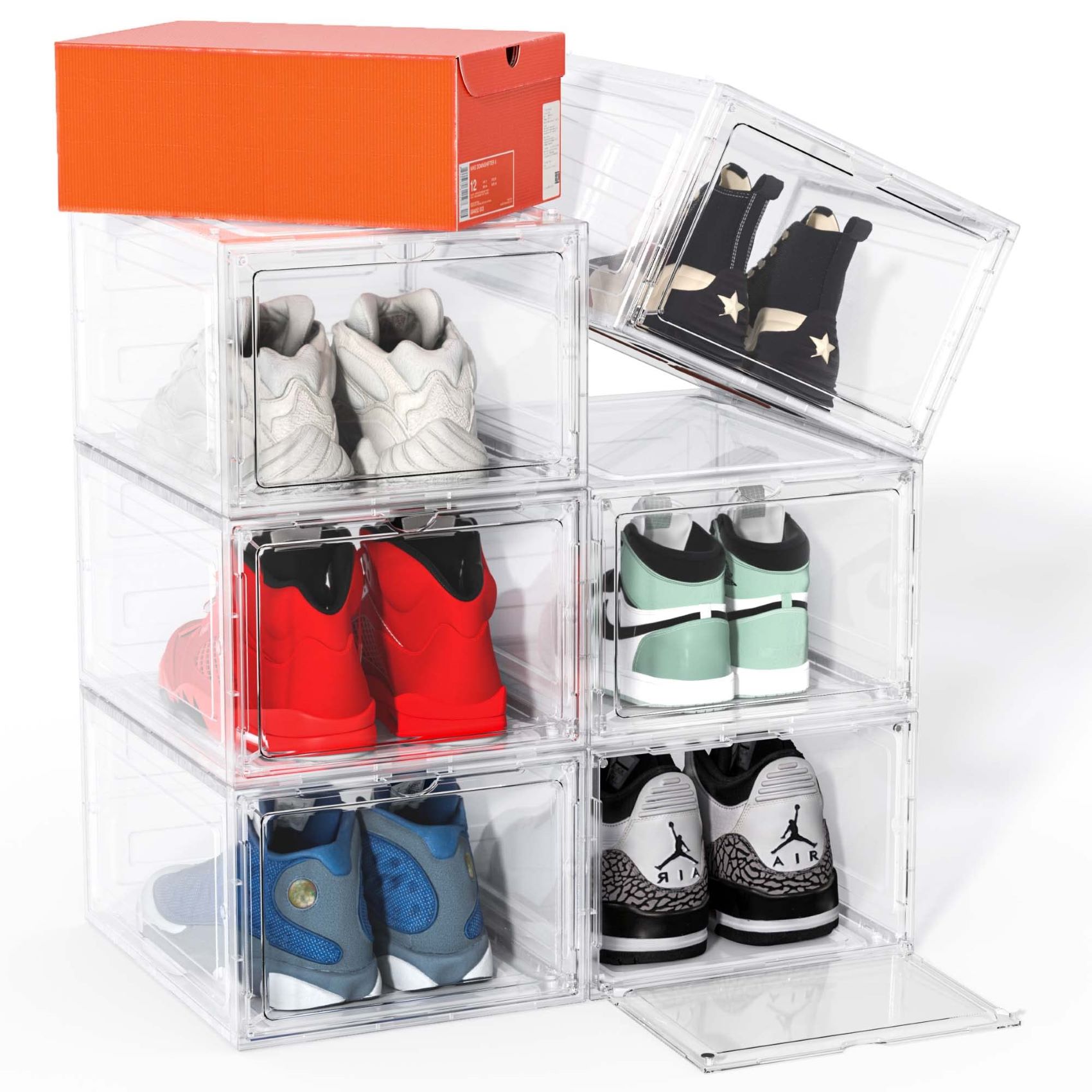

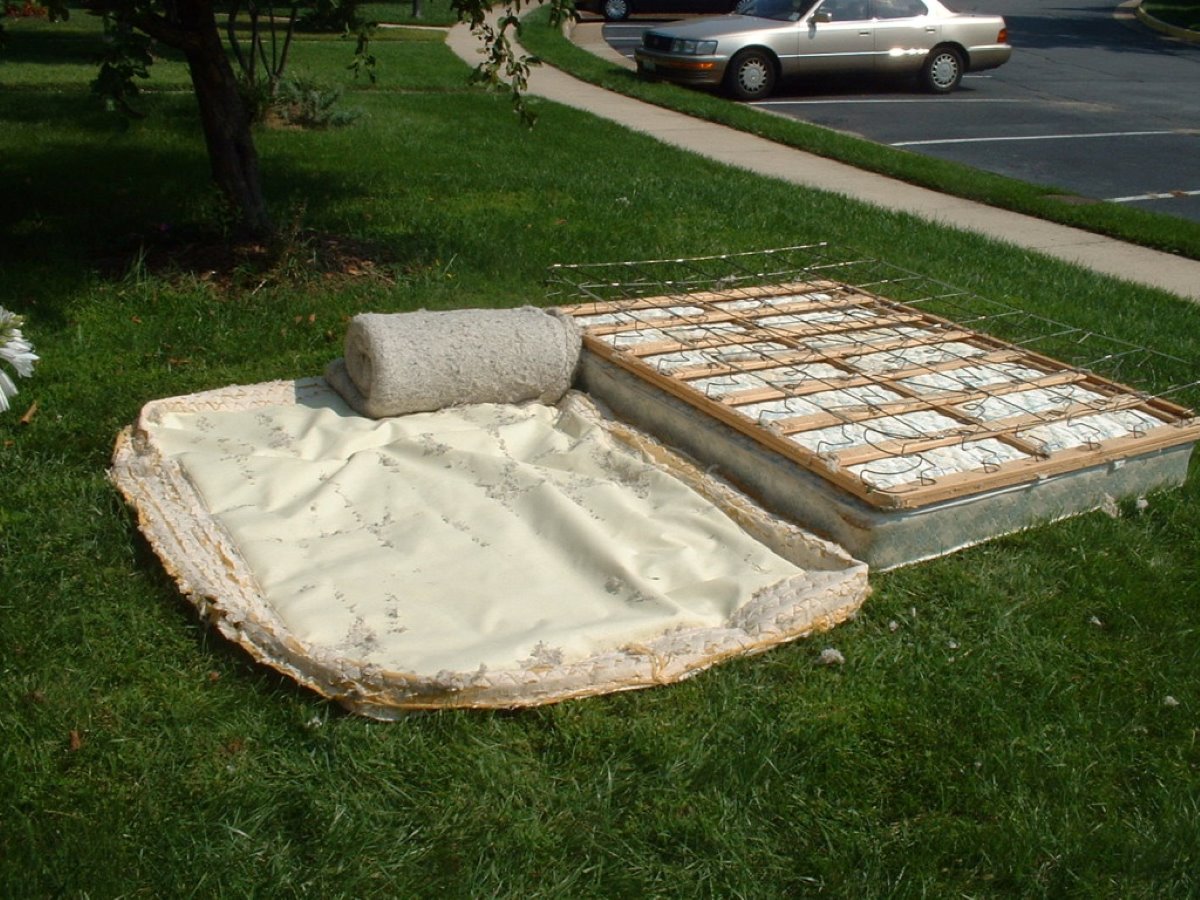
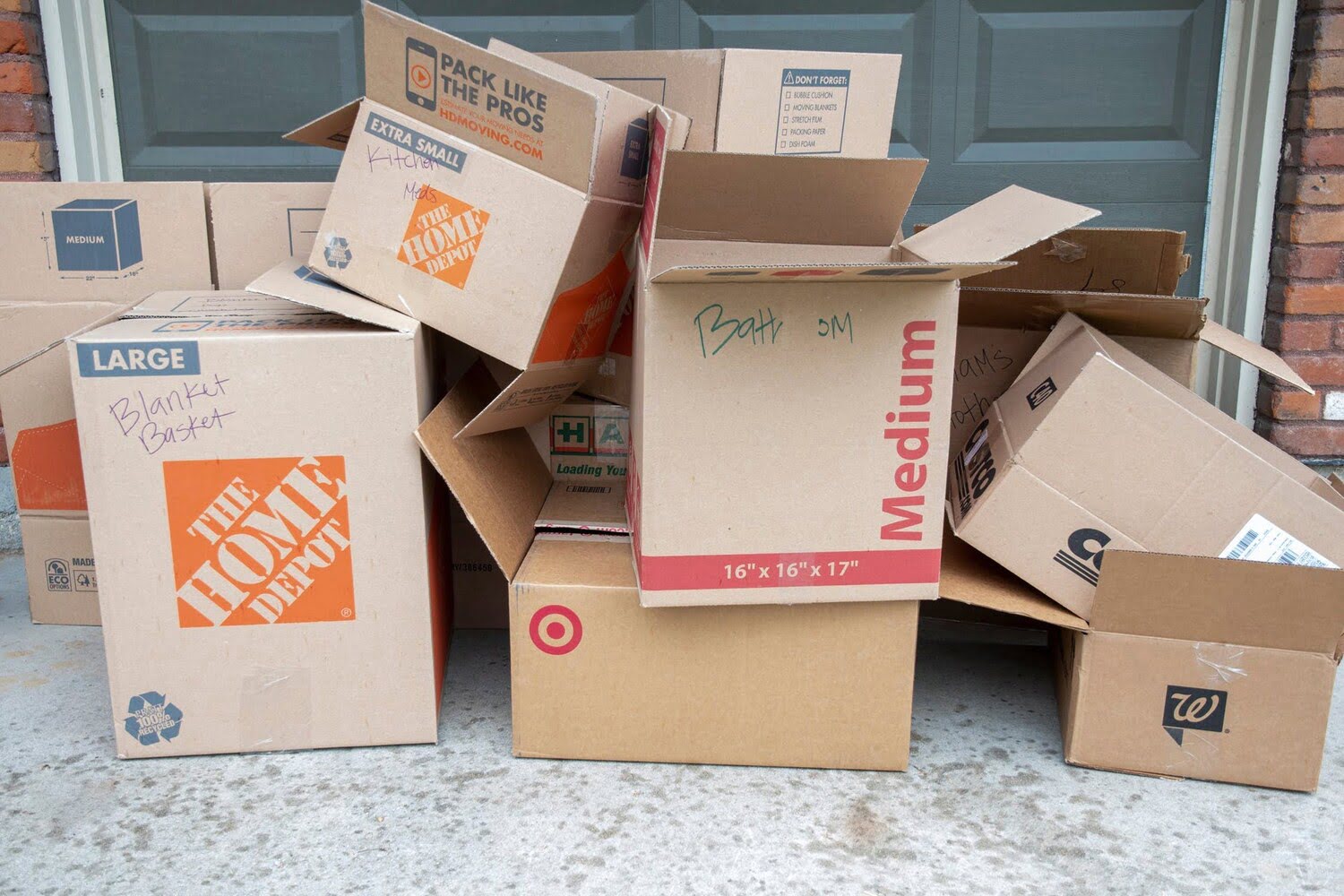

0 thoughts on “How To Store Bread In A Bread Box”